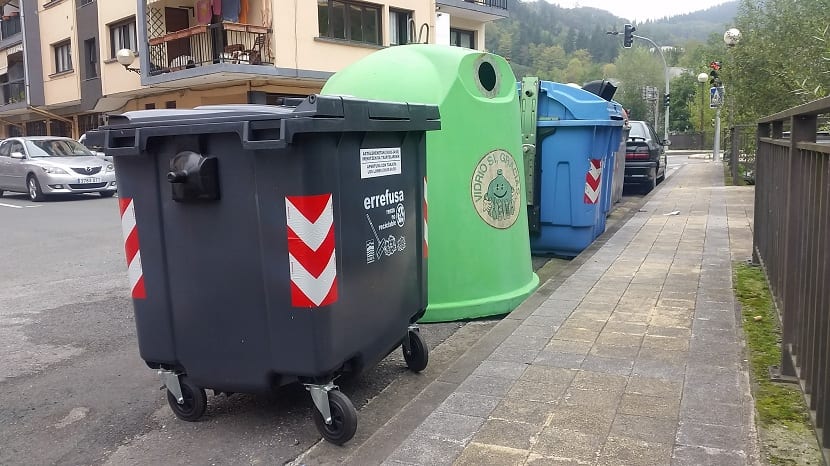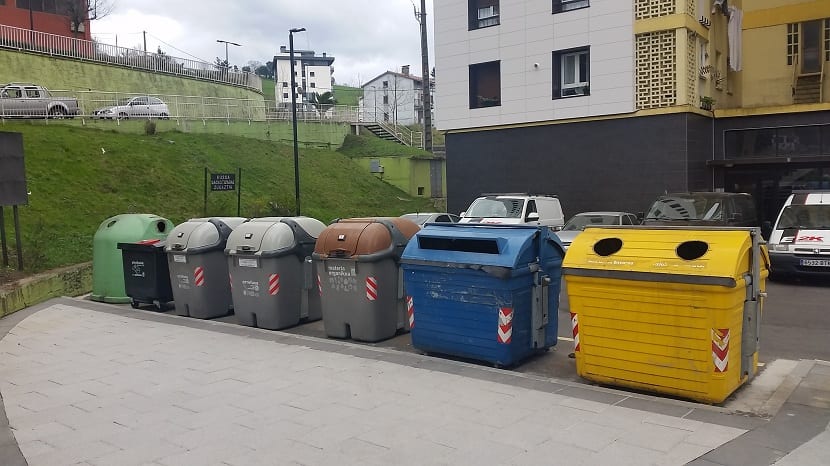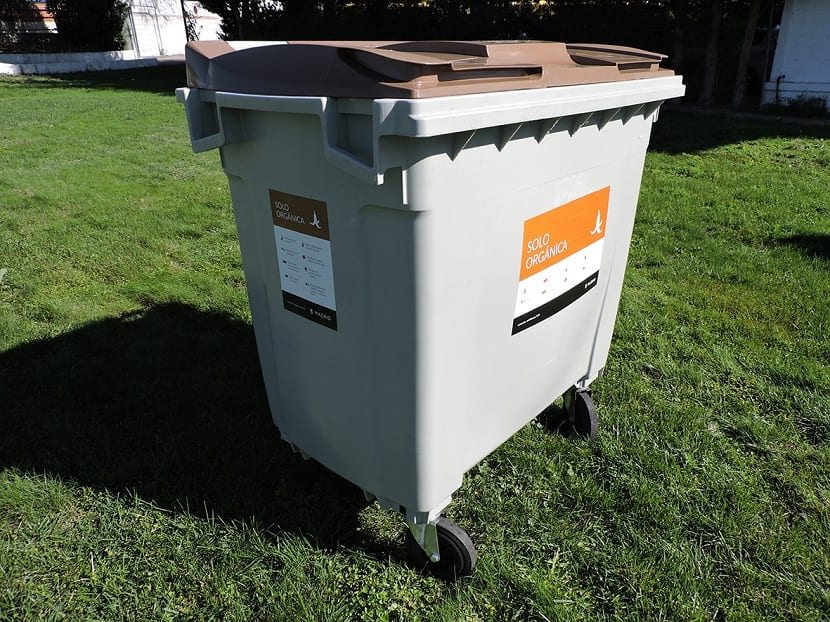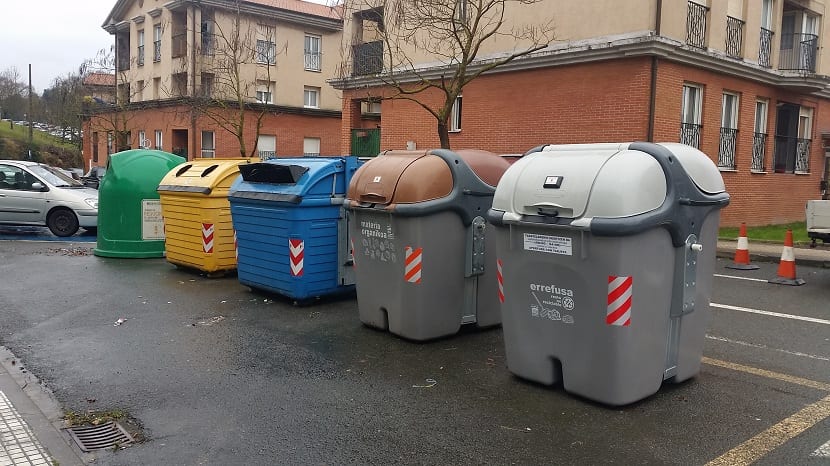
It is common not to know well what to pour into the gray container, since there is also the brown container in some cities of Spain. Currently, recycling containers they are known although there are also some doubts about recycling. In the yellow container There are plastic and metal containers, paper and cardboard in blue and glass in green. However, what is it that gets recycled in the gray bin?
In this article we are going to clear up your doubts about it.
Errors with the gray container
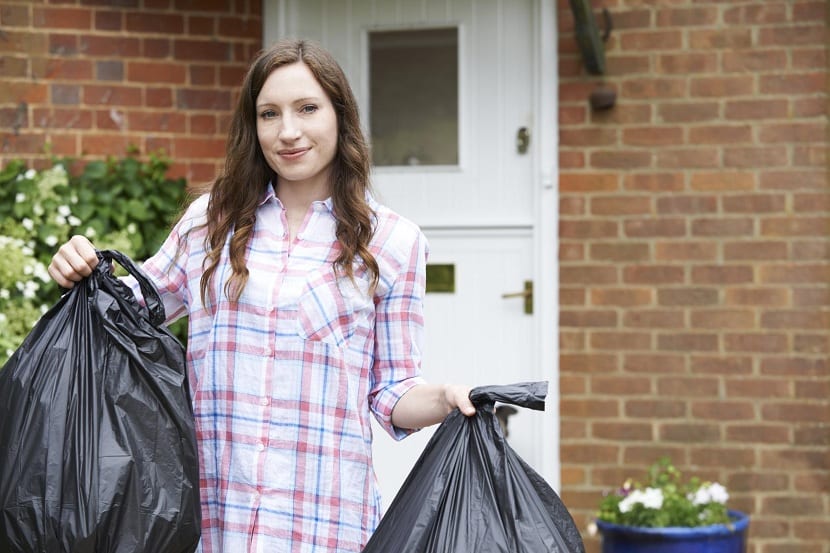
The gray container is known as the traditional one where you end up throwing out all the garbage that you don't know where to deposit. However, of course you have to dump a certain type of waste since it is just another recycling container.
In the gray container, known as the oldest of all the garbage containers in existence. It is the container that existed from the beginning before the rest of the recycling containers were implemented, which they cataloged by color according to the destination and type of waste. Today, many of the people think that the gray container is for everything that does not go in the rest of the containers. Obviously, this is not the case.
Pouring any type of waste just because it does not go in the rest of the containers is a complete mistake. There are certain types of garbage that are not dumped in any type of container, not even in the gray. These wastes are normally destined for clean point. There are also other types of waste that have specific containers for them, such as the waste oil and batteries. For them, there is a specific container. The problem with these wastes is that the containers dedicated to them are much less frequent and are more dispersed.
What to pour into the gray container
With all this we come to the conclusion that what we have to pour into the gray container is the biodegradable matter that cannot be recycled. This fact that it cannot be recycled is broadly because, although it is not possible to manufacture products from their treatment, it serves to form other products as we will see later.
This biodegradable material is usually taken to an incinerator to manage it as efficiently as possible. Among the waste we find that they are biodegradable we have the remains of food, plants (they can be remains of gardening pruning) and other products such as dust, hair collected from people or animals, household waste, cigarette butts, Cork stoppers or other disposable hygiene-related products such as pads or diapers.
These last residues could not be thrown in the brown container, since it is only prepared for organic matter such as food and pruning remains. This can be a more detailed classification to optimize the processes of selective separation and subsequent recycling in treatment plants.
Are these wastes recycled?
You may be wondering if the garbage that we put into this container is recycled. Being biodegradable material it ends up degrading itself. Faced with this question, we can affirm that any waste that we dump into a container can be managed correctly. The fact of depositing it correctly in the gray container will cause the garbage to be recycled or to find a destination according to its characteristics and capacities.
It also depends a lot on the protocols that each city council has with the waste policy. In some municipalities there are protocols that have a greater number of resources to carry out a higher quality recycling than others.
Although some waste can be recycled, there is another that, due to its composition and structure, cannot. For example, with waste composed of food waste, pruning material and organic matter in general, you can make compost by treating these waste. However, as this container also collects others such as cigarette butts, compresses, etc.. Can't make compost.
For a compost to be made and of sufficient quality to serve as a fertilizer, it must be free of impurities. Impurities are usually all substances that are not organic matter. A cigarette butt cannot break down into organic matter nor does it have nutrients for plants. Hence, the existence of the brown container. With the hygienic material, cigarette butts, ashes, etc. Nothing can be done. The best destination for them is the controlled landfill or incinerator.
What are the differences with the brown container?
There are some who have doubts about the existence of these containers, how similar their use is and that in some towns or cities there are none. The brown container It is not very popular yet because the characteristics it has and the use that is given to it have to be well perfected. It is a new container that is used only for organic waste. The color of this container also varies with some localities. In some they are brown and in others orange.
They are being implemented to separate the organic waste that was deposited in the gray container. The great advantage of the power to separate organic matter is to be able to use it as compost or compost through a subsequent treatment. In this way, we can make better use of waste and reduce nitrogen fertilizer that only pollutes groundwater and soils.
Anything that is better recycling and selective separation will mean less impact on the environment. The rest of the waste that cannot be recycled is taken to incinerators where they are burned so that there is no chemical contamination by being in contact with other types of garbage in the gray container. This proposal is going to become more and more extensive until the brown container is next to the gray in all the towns of Spain.
I hope that with this information you can learn more about the gray container and its usefulness.
